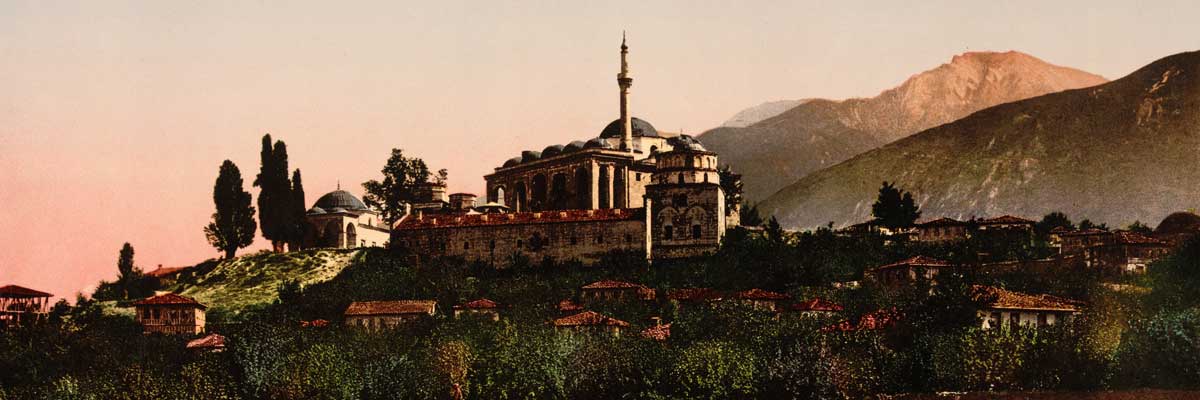In his recent publication, Gavin D. Brockett, Associate Professor of Middle East and Islamic History at Wilfrid Laurier University, challenges the dominant narrative of a united Turkish national identity under Atatürk by examining the press history of the nation, particularly regional newspapers held by CRL and other libraries. How Happy to Call Oneself a Turk: Provincial Newspapers and the Negotiation of a Muslim National Identity (University of Texas Press, 2011) traces the development of the “national” print culture of Turkey from the founding of the state through the transition to a multiparty democracy in the 1940s and ’50s. Brockett focuses on the press outside metropolitan centers to understand how the principles of secularism (laiklik) and modernization were perceived beyond the Kemalist elite. In analyzing how print contributed to the formation of a common national identify, Brockett reveals far more complexity than the traditional political narrative has previously conveyed.
As a doctoral student at the University of Chicago, Brockett never intended to embark on this particular research pathway. In searching for articles by a Turkish intellectual known to have circulated widely, Brockett came across a listing of CRL’s extensive holdings of Turkish newspapers. Driven more by curiosity than direct research application, Brockett borrowed a selection of papers through interlibrary loan. He marveled at the variety of news he discovered in these remote papers: images from abroad such as President Truman throwing the ceremonial first baseball pitch in 1951, and photos and political cartoons clipped from foreign media. As he read further, however, he began to note the diversity of local geographic, political, and religious perspectives promoted in the various papers. “To a researcher, opening up those wonderful brown paper packets,” Brockett notes, “was like striking gold.” Eventually abandoning his original research, Brockett started ordering more papers from CRL, which were delivered on large trolleys. Brockett received space at the university library to store and use the papers. After three years of research, he relates, he still had not exhausted the collection.
After Brockett completed his doctorate at Chicago, he spent a number of years on research to flesh out his work into a full publication. Receiving grants, he ventured into collections in Ankara and Istanbul to supplement the materials found at CRL.
Press laws in Turkey ensured that copies of all published works (including newspapers) were deposited in several locations. The National Library of Turkey (Millî Kütüphane) possesses the most extensive collection of newspapers in the country. “There is no question the research in Turkey assisted in my work,” Brockett notes. “However, it did make me value the comparative ease of access to CRL’s collection.” He also appreciated the assurance that a second copy of the material was accessible should misfortune befall the originals.
Brockett advises libraries to work closely with scholars who have intimate knowledge of collections and the availability of potential resources. While he acknowledges that all libraries have finite resources, Brockett encourages institutions to think broadly about how to work with researchers to shore up the historical record and make these lesser-known but significant resources available to future scholars.
